Tooth decay is a problem for children, teens and adults. Plaque, a sticky bacteria substance, is continuously forming on teeth and gums. When foods containing sugar are consumed, plaque feeds on the sugars and produces acids. The acids attack tooth enamel (the tooth’s hard outer layer) causing tooth decay over time. A sign of early tooth decay is a ‘white spot’ appearing on the tooth enamel. At this stage, tooth decay can be stopped or reversed. If this does not happen, the enamel may be destroyed and form a cavity. Here are ten tips to prevent tooth decay from occurring.
1. Use fluoride toothpaste
Fluoride is a mineral found in soil, water and some foods that can prevent, reduce or stop early tooth decay. It decreases the ability of the plaque bacteria to produce acid and prevents mineral loss in tooth enamel. For most people, using fluoride toothpaste twice a day provides adequate protection. The widespread use of fluoride (averaging 95% of all toothpaste sales in developed countries) is seen to be a major contributor to the decline of tooth decay over the last 30 years.
- Reduce snacking on sugary foods and drinks
Eating and drinking foods and drinks with a high sugar content between meals is a lot more damaging to teeth than consuming them with a meal. Snacking on sugary and starchy foods causes repeated acid attacks on teeth. More saliva is produced during meals, so eating sugary foods during this time is preferable to help break down the resulting acid. Healthier snack alternatives include cheese, fruit and vegetables.
- Consider dental sealants
Dental sealants provide a protective coating to the surface of back teeth. The resin material acts as a barrier to plaque and acids, which can cause tooth decay. The biting surface of back teeth is one of the most susceptible areas for tooth decay due to the grooves, pits and fissures that exist. It is difficult to clean these areas, especially when the grooves are deeper.
- Drink soda through a straw
Water is the best drink around for good oral health, but if soda is something you simply cannot give up, consider drinking it with a straw. This can help minimize the sugary and acidic soda damaging teeth, most effective when the straw does not come in contact with the teeth. Keep in mind that while diet soda has less sugar then the regular kind, it still contains a lot of acid, which may cause tooth decay
5. Regular dental cleanings
Visiting your dentist for regular teeth cleanings and oral exams is an important part in maintains good dental health. Professional teeth cleanings help to get rid of plaque build-up. A dentist can help spot problems early when they are easier and less expensive to treat. Most dentists also practice preventative care, to help stop problems before they even happen. Your dentist can advise you the best cleaning techniques and oral hygiene routines.
- Eat more crunchy vegetables and fruit
Foods with fiber (carrots, apples, celery) have a detergent effect in your mouth when eating. The crisp texture wipes away bacteria that can cause tooth decay. The amount of chewing required to eat fibrous food also stimulates an increase in saliva flow, which is the best natural defense against cavities. Saliva begins to neutralize acids around 20 minutes after eating.
- Drink water after eating
Water provides an excellent mouth rinse, washing away both bacteria and the remnants of food that can turn into plaque by bacteria. Water also neutralizes the effects of acidic and sugary foods. Tap water in many countries includes fluoride, which also helps prevent tooth decay in a similar manner to fluoride toothpaste. Tooth decay is more likely to occur in a dry mouth, so drinking water frequenting is a great way to combat this.
- Brush teeth twice a day
One of the most important parts of your at-home oral hygiene routine is brushing your teeth at least twice a day. One of these brushings should take place before going to bed. Brushing should be avoided shortly after consuming acidic foods and drink (fruit, soda or wine) to give saliva a chance to neutralize the acid. If it is not possible to brush after mealtimes, rinsing your mouth with water is good practice.
- Consume more calcium
Teeth are composed of calcium, phosphorus, and other minerals. Eating calcium rich foods can help protect teeth against acids and rebuild tooth enamel. Calcium is found in dark green leafy vegetables, almonds, a selection of fortified beverages (soy, rice, juice), canned salmon or sardines (with bones) and dairy products.
- Floss teeth regularly
Along with brushing teeth, flossing should be performed at least once daily to remove plaque and food particles adhered to teeth and gums. The area between teeth is particularly vulnerable to cavity formation but is difficult to reach with toothbrush bristles. Flossing before sleeping is just as important as brushing teeth.
Through small lifestyle changes it is possible to avoid, stop and reverse tooth decay. Visit your dentist for more tips and advice on how to prevent tooth decay.
Tags:
Brush teeth twice a day,
Consider dental sealants,
Consume more calcium,
Drink soda through a straw,
Drink water after eating,
Eat more crunchy vegetables and fruit,
fluoride toothpaste,
Reduce snacking on sugary foods and drinks,
Regular dental cleanings

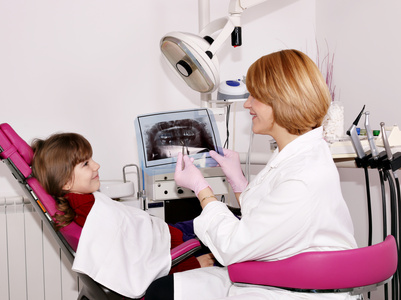
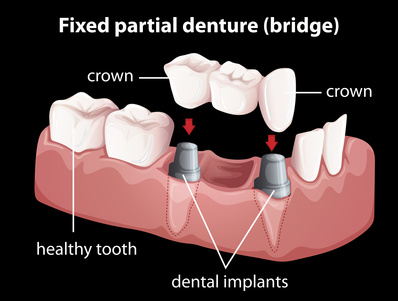


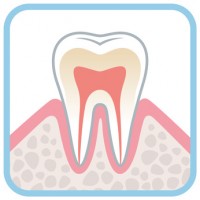
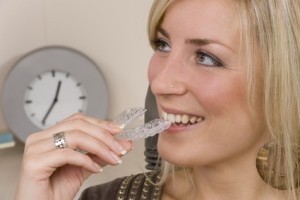

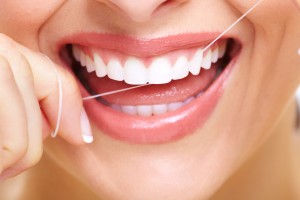
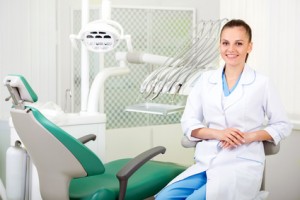
Recent Comments